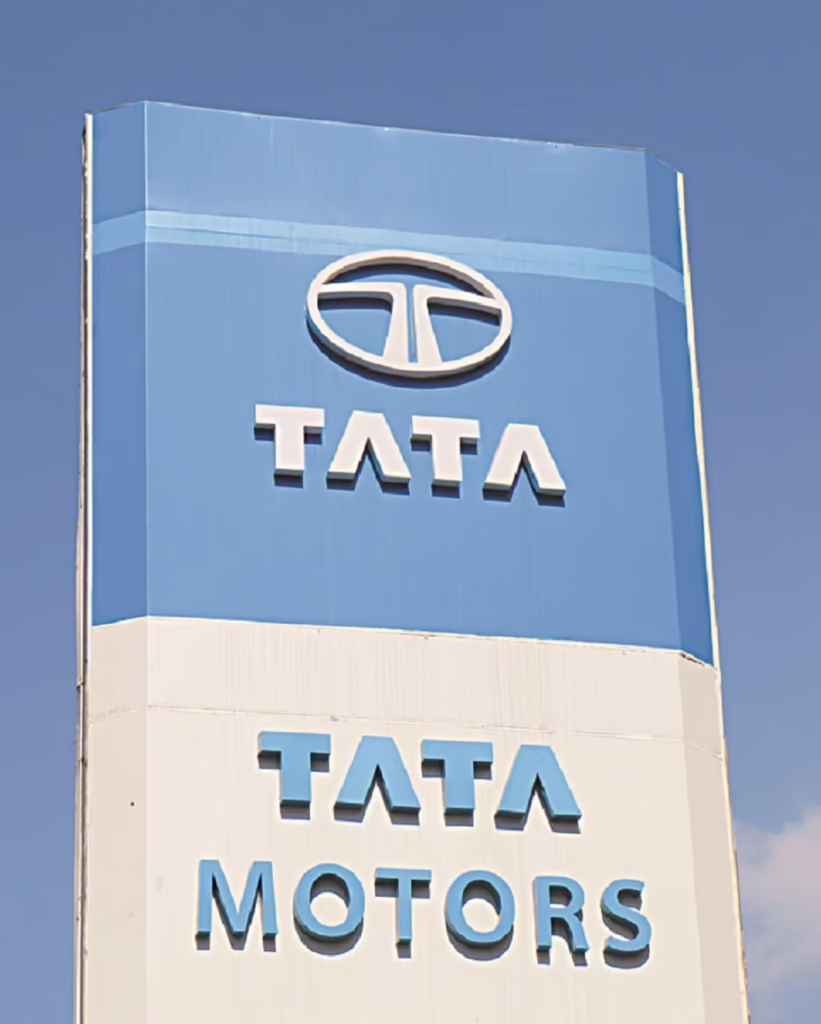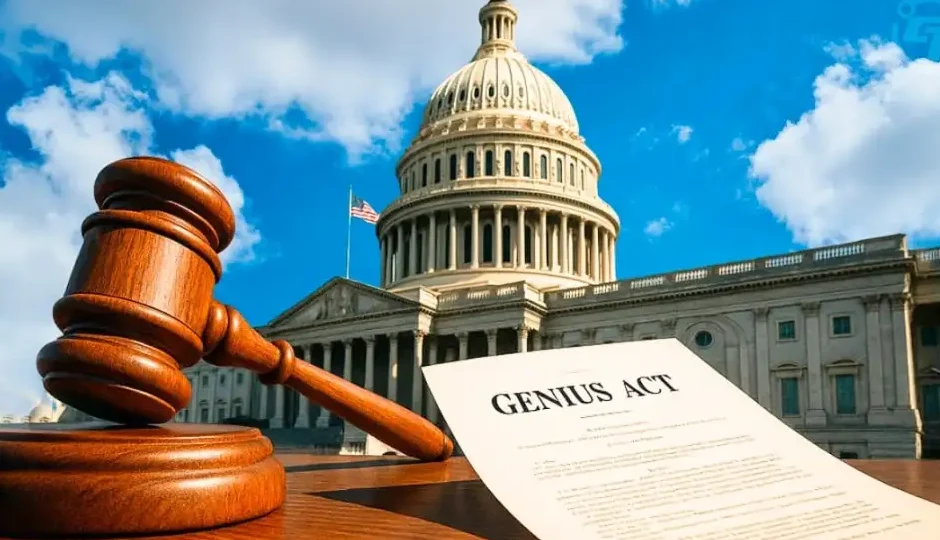Nvidia Corp. announced Tuesday that it is preparing to resume sales of its H20 general processing units (GPUs) to China, following a green light from the U.S. government—a critical breakthrough in the ongoing tug-of-war between technological dominance and export control regulations.
The H20 chips, specifically engineered to comply with earlier restrictions, had been sidelined in April 2025 after Washington imposed stricter licensing requirements. But in a filing this week, Nvidia revealed it had received assurances from the U.S. government that export licenses would now be granted.
“The U.S. government has assured NVIDIA that licenses will be granted, and NVIDIA hopes to start deliveries soon,” the company said in its statement.
A Turning Point for Nvidia’s China Strategy
The return of H20 sales is more than a regulatory shift—it marks a strategic comeback in Nvidia’s largest overseas market. The ban had halved Nvidia’s China market share, according to CEO Jensen Huang, who has grown increasingly vocal against restrictive trade measures.
In fact, Huang’s diplomatic efforts appear to have played a direct role in this policy shift. Nvidia confirmed that Huang met with U.S. President Donald Trump last week to discuss onshoring, AI innovation, and job creation in the U.S. The CEO also emphasized Nvidia’s alignment with U.S. technological leadership goals.
Why the H20 Chip Matters
The H20 GPU is Nvidia’s flagship offering for China—a tailored version of its high-performance AI processors that complies with U.S. export rules. It was created to offer competitive performance while adhering to Washington’s limitations on cutting-edge chip capabilities.
Industry experts see this regulatory softening as a game-changer.
“The lifting of the H20 ban marks a significant and positive development for Nvidia,” said Ray Wang, research director at Futurum Group. “It will enable the company to reinforce its leadership in China.”
Wang added that the renewed H20 shipments, along with new export-compliant AI chips Nvidia is reportedly developing, could serve as a major growth catalyst for the company in upcoming quarters.
A New Chip for the New Era: RTX PRO
At the same time, Nvidia unveiled a new AI product — the RTX PRO — which CEO Huang described as “fully compliant” and ideal for smart factories and logistics. While the company hasn’t confirmed whether this chip is China-specific, many analysts believe it’s another strategic move to ensure Nvidia’s continued relevance in sensitive export markets.
A Diplomatic Win: Tech Meets Trade
This policy shift follows a broader U.S.–China trade détente, including agreements to relax rare-earth exports from China and tech curbs from the U.S. Huang’s personal visit to China—where he met with government officials and researchers to discuss secure AI development—underscores the company’s commitment to dialogue and innovation.
“We know from our conversations with clients and market participants that manufacturers in China are still preferring these Nvidia chips,” said Louise Loo, lead economist for China at Oxford Economics, speaking to CNBC.
The Broader Picture: AI, Chips, and Global Leadership
When the April restrictions were enforced, many expected Huawei and other local alternatives to fill the vacuum. However, experts agree that while China’s domestic chip sector is making strides, it still lags behind Nvidia’s capabilities and those of global foundries like TSMC.
With the H20 back in the picture, Nvidia may not only recover lost market share—but also extend its dominance in the AI race, reinforcing the company’s central role in powering large-scale models and data center infrastructure around the world.
Investor Reaction: Optimism Reignited
Markets responded with enthusiasm. Nvidia shares were up over 4.5% on trading platform Robinhood as of early Tuesday. Analysts say the news reaffirms Nvidia’s strategic resilience, particularly at a time when it has already crossed the $4 trillion market cap mark, becoming one of the most valuable companies in the world.










